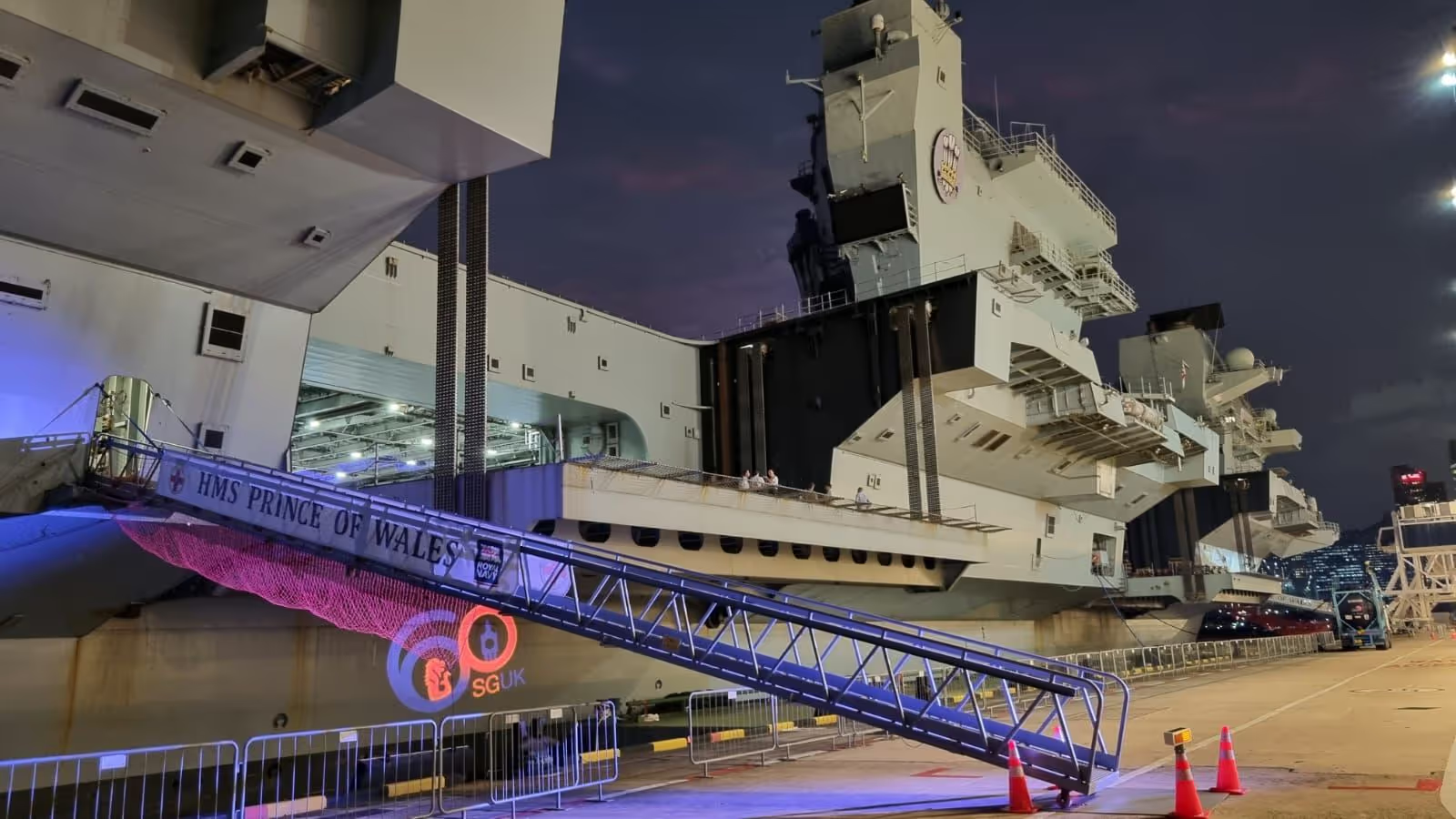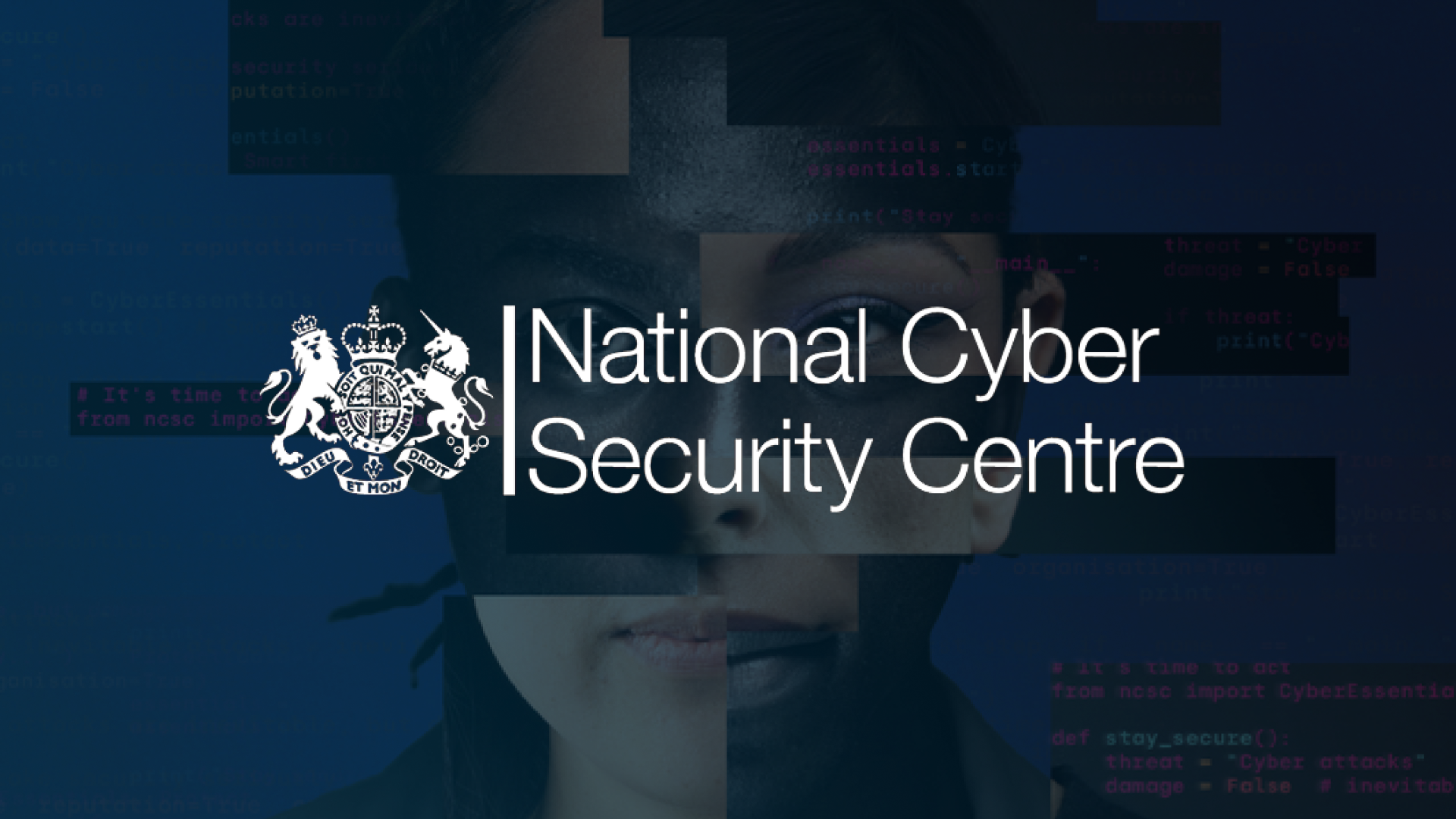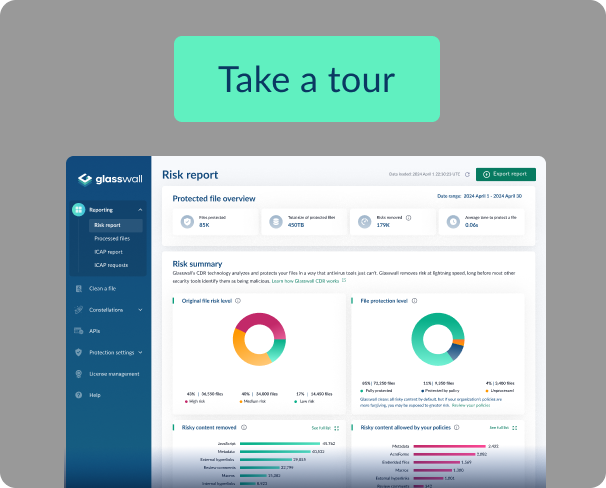Securing cross-domain data in maritime defense
Glasswall recently showcased its mission-critical file protection capabilities at the UK Defence and Security Industry Day in Singapore - a landmark event hosted aboard HMS Prince of Wales, the Royal Navy’s largest and most advanced warship. As the biggest defence and security showcase ever held on a Royal Navy vessel, it brought together senior military, government and industry leaders to mark 60 years of UK–Singapore defence cooperation and spotlight strategic collaboration in a rapidly evolving threat landscape.

Bringing together senior military, government and industry representatives, the event provided a platform for strategic engagement on regional security priorities. For Glasswall, it was an opportunity to reinforce the relevance of file-based threat protection in cross-domain naval operations and to engage with stakeholders focused on strengthening cyber resilience across maritime and joint-force environments.
The event underlined a wider point, which is that modern naval operations rely on the secure transmission of data between ships, shore commands and alliance partners. Whether coordinating joint exercises or conducting real-time operations, these environments rely on trusted information flows that are secure and uncompromised.
To support these vital requirements, allied defense forces, including NATO members, are extending their adoption of Zero Trust principles to reduce risk across increasingly complex and distributed infrastructures. Rather than relying on traditional perimeter-based controls, Zero Trust assumes networks are already compromised and mandates constant verification at every stage. This is not just about policy; it requires technical controls that can inspect, isolate and validate every element in the system, including the files being transferred between domains.
While access controls and identity checks are critical, they do not eliminate the risks posed by file-based threats. Whether it’s securing enterprise cloud services or protecting tactical ship-based networks, adopting Zero Trust is how the Navy stays ahead of threats and ensures that personnel can trust the information they use. That same principle applies across NATO-aligned missions, where unverified content could pose a threat not only to one network but to the broader operational integrity of partner forces.

Securing cross-domain environments
In naval operations, secure domains frequently need to receive data from less-trusted sources. This can include software updates, mission files, imagery or sensor data shared by partners or derived from unclassified systems. While these exchanges are operationally essential, they introduce risk, particularly when files move between networks with different classification levels.
In most modern environments, cross-domain solutions are designed to control these interfaces by enforcing separation between systems of varying sensitivity. However, while they regulate data flow, they are not designed to inspect and sanitise the content of every file in real-time. That leaves a potential blind spot where hidden threats, such as malicious code, embedded macros or malformed file structures, can bypass defences and reach critical assets undetected.
This is where file sanitisation is becoming essential. In particular, proven technologies such as Content Disarm and Reconstruction (CDR) apply Zero Trust principles by treating every file as hostile until proven safe. Rather than attempting reactively to detect known threats, CDR proactively rebuilds each file to a clean, policy-compliant standard before it reaches its destination.
In this context, and because CDR operates independently of cloud connectivity or threat signatures, it is extremely well-suited to naval and edge environments where bandwidth is constrained or intermittent. When integrated within cross-domain architectures, it provides an additional layer of assurance, ensuring that content moving between NATO networks, for example, can be trusted to support the mission without introducing hidden risk.

Extending Zero Trust to the data layer
For Zero Trust to be effective, every element in the system must be verifiably secure, including the files in circulation. While most Zero Trust frameworks focus on users, devices and access control, the data pillar often remains a point of weakness, and this is where Content Disarm and Reconstruction (CDR) adds meaningful value.
Even if a file comes from a trusted colleague or a long-time system, CDR doesn’t assume it’s safe. Instead, it verifies and rebuilds it, creating a secure version of the data that can be tagged, monitored, and controlled within a Zero Trust environment without fear of hidden malicious code. It also helps prevent data exfiltration via files, since malicious implants or beaconing code won’t survive the sanitization process. In practice, this capability means a huge reduction in risk: a user can click on a document or image that’s been through CDR and not worry that it’s harboring a trojan or ransomware.
This approach also directly supports micro-segmentation and least-privilege strategies. Even if a user is permitted to access data across different zones, CDR ensures the content itself cannot be used to escalate privileges or exploit local vulnerabilities. It closes a gap that access controls alone cannot fully address.
CDR also remains effective in disconnected or bandwidth-constrained environments, with no reliance on cloud services or signature updates. It can be deployed as an embedded capability, a standalone appliance or integrated into existing cross-domain systems, depending on operational requirements.
By embedding file sanitisation within Zero Trust architectures, defence organisations gain an added layer of assurance, ensuring that every file is verified, consistent with policy and safe to use, regardless of its source.
Glasswall in the global defense and intelligence sectors
Glasswall partners with defense and intelligence agencies worldwide. To read more about how we deliver mission-critical zero-trust file protection and the important use cases for Glasswall CDR, click here.








.png)
